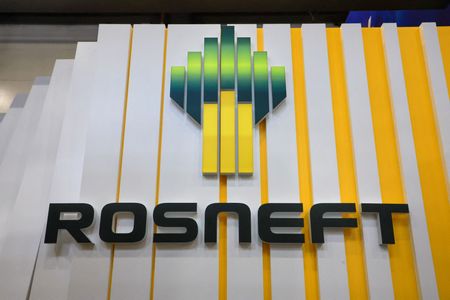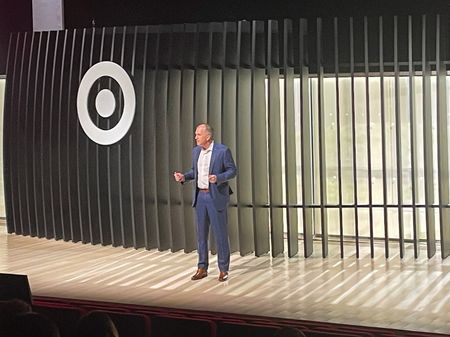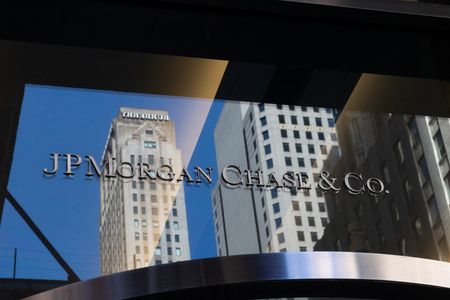By Manya Saini and Niket Nishant
(Reuters) -Big first-day gains by recent high-profile U.S. listings have raised questions over whether Wall Street banks — wary of volatility and economic uncertainty from sweeping U.S. tariffs — are pricing them too cautiously, benefiting investors but causing issuers to miss out.
The 20 biggest U.S. IPOs this year — among them software maker Figma and stablecoin issuer Circle — averaged a first-day pop of 36%, a Reuters calculations using data compiled by LSEG showed.
That was much higher than the 15% to 20% rise that analysts considered the sweet spot, enough to reward investors for taking the risk without underpricing the offering.
If the 20 listings were priced closer to this range, it could have netted the companies $6.1 billion more in proceeds, a separate analysis of Dealogic data showed.
Banks are often accused of underpricing IPOs to avoid embarrassing flops. But underwriters are more cautious because IPOs on hold for years due to higher interest rates are looking to debut amid tariff worries and choppy retail demand, according to four analysts, two venture capital executives and two industry experts.
“In today’s market, conservative IPO pricing is a strategic choice designed to build positive momentum and long-term brand equity (for issuers),” said Lukas Muehlbauer, research analyst at IPO research firm IPOX.
A solid debut also makes it easier for companies to tap follow-up capital, he said.
Shares of Figma popped 250% and Circle 168% in their debuts. Crypto exchange Bullish closed its first session nearly 84% above the IPO price.
The companies and their lead underwriters either declined to comment or did not respond to requests seeking comment.
‘BROKEN’ PROCESS
Market turmoil sparked by Trump’s global trade war soured the chances of a blockbuster first quarter for deals, but optimism over his deregulatory policies and expectations of interest-rates cuts have helped the S&P 500 hit new records, reviving the IPO market.
While modest pricing may draw investors in choppy markets, critics said it would be at the expense of issuers, who may raise less capital.
“IPO pops are a reminder that the process remains broken,” said Phil Haslett, co-founder of EquityZen, one of the largest pre-IPO stock platforms.
“The traditional roadshow is designed to secure commitments from institutional investors, largely failing to account for what we see as significant levels of retail investor demand.”
That blind spot leaves banks guessing how retail buyers will respond on day one, increasing the chances of sharp trading swings.
However, some fintech brokerages such as Robinhood and SoFi Technologies are tapping retail demand by offering access to IPO shares in select companies.
“The IPO market’s basically been closed for three years. So if you’re an investment banker, you don’t know what the demand is,” said Tomasz Tunguz, founder of venture capital firm Theory Ventures.
As listings rise, startups preparing to go public may push back against conservative pricing, Tunguz said.
The fall IPO window is shaping up to be one of the busiest in years, with fintech giant Klarna, crypto exchange Gemini and medtech firm Medline leading the race to capitalize on resurgent investor demand before the end of the year.
The Renaissance IPO Index, which tracks the performance of some of the largest newly listed stocks, has risen 15% in 2025, outpacing the benchmark S&P 500.
NICHE ALTERNATIVES
For years, critics of the IPO process have promoted direct listings — where issuers go public by putting shares directly on to a stock exchange without the help of underwriters — to avoid misjudging demand.
This route was taken by streaming platform Spotify and crypto exchange Coinbase in recent years.
But it has gained limited traction in the U.S. as companies prefer the stability of the traditional IPO roadshow and the trading support provided by underwriters.
“The traditional IPO path is just more tried and tested, and more people understand it than a direct listing,” said Mike Bellin, IPO services leader at PwC U.S.
Special purpose acquisition companies or SPACs, where a listed shell merges with a private firm, were touted as an alternative to traditional IPOs, but went through a boom-and-bust cycle between 2020 and 2022.
Though the route is regaining ground this year, mainly among high-growth crypto and tech stocks, it remains constrained by regulatory hurdles, redemption risks and stock volatility.
“If I were IPO-ing my company right now, I probably would do it the way that people have been doing it, even if I know there’s a mispricing risk,” said Maria Palma, general partner at Freestyle Capital.
(Reporting by Manya Saini and Niket Nishant in Bengaluru; Editing by Michelle Price and Arun Koyyur)









